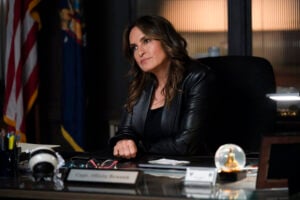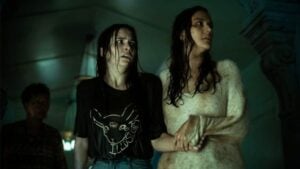Law & Order: SVU’s showrunner promised that for season 26, the show is “going back to basics.”
It’s a great idea. I loved the early years of Law & Order: SVU. At the time, it was a unique show on television that was a worthy successor to Homicide: Life on The Streets, from which they borrowed Munch.
The problem is, I don’t think the writers have figured out what “going back to basics” means for SVU.
Getting A Full Team In Place Is Only The First Step
The early years of Law & Order: SVU featured several teams of detectives, so it’s good for the writers to have restored that.
Fin and Bruno are similar to Fin and Munch, who were among the best cop teams in police procedural history. Velasco and Silva might make a good second team, assuming Silva stays for more than half a season.
And we can’t forget Curry, who is partnerless but currently willing to help out.
Here’s the thing, though: going back to basics doesn’t just mean having a bigger cast. Creating some new partnerships was a great first step, but we can’t stop there.
If you look at what made SVU so brilliant in the early seasons, it was that the unit functioned well as an ensemble.
Fin and Munch took one part of the case, Benson and Stabler took another, and Captain Cragen directed the investigation from the squad room.
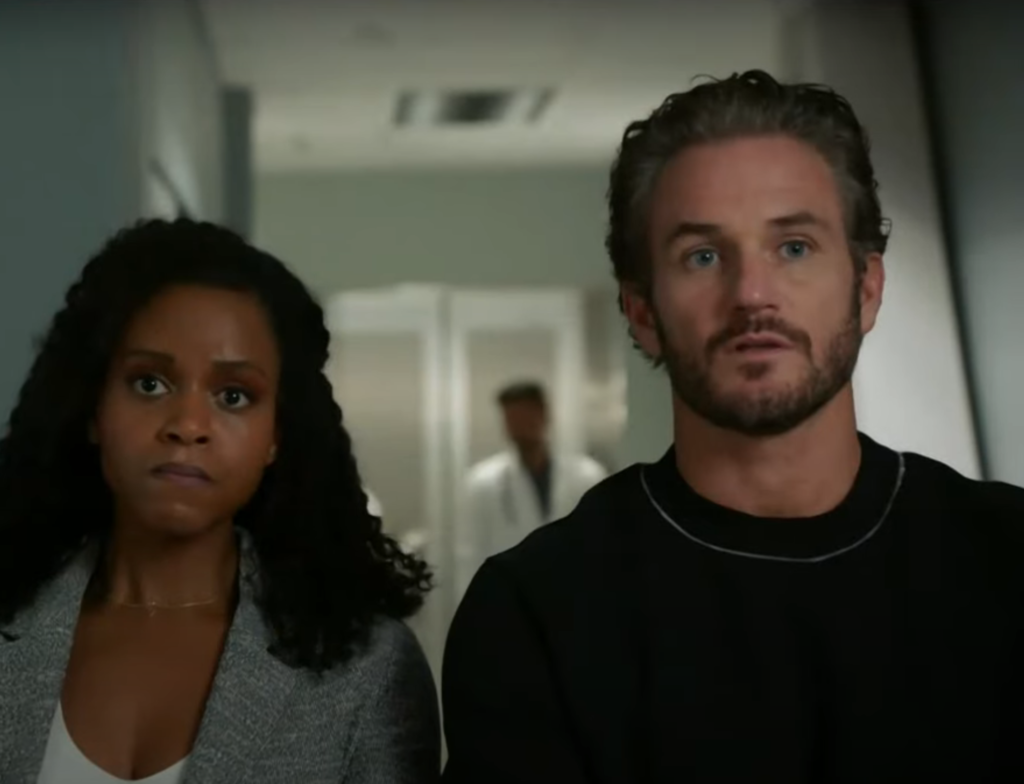
I think SVU is trying to get back to that, but they’re not quite there yet.
Kate Silva is a great addition to the Law & Order: SVU cast, but please don’t let her fade into the background.
We got a strong introduction to her in Episode 1, only for her to have almost no lines in Episode 2.
I know part of the problem is that SVU is trying to save money by not having all cast members in every episode, but it’s not a good idea to introduce a character and then sideline them.
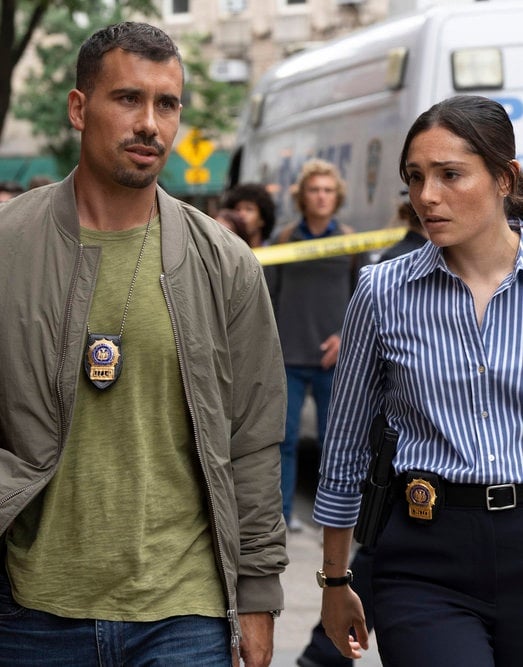
You can still have an ensemble show without it being so out of balance. Look at what Chicago PD Season 12 is doing!
Lose The Insanely Long Cold Opens, Please
The biggest issue Law & Order: SVU should address if they’re serious about going back to basics is those damn cold opens.
In the early years of the show, the cold opens were short and snappy. There was a crime scene, a crime discovered, or someone coming into the squad room looking for help.
End on a cliffhanger, and roll the opening credits.
It might seem like a tired TV trope to do it that way, but those cold opens brought the drama.
Nowadays, cold opens often take up ten to fifteen minutes of airtime, and they often feel like the pilot of a new show about the victim’s life.
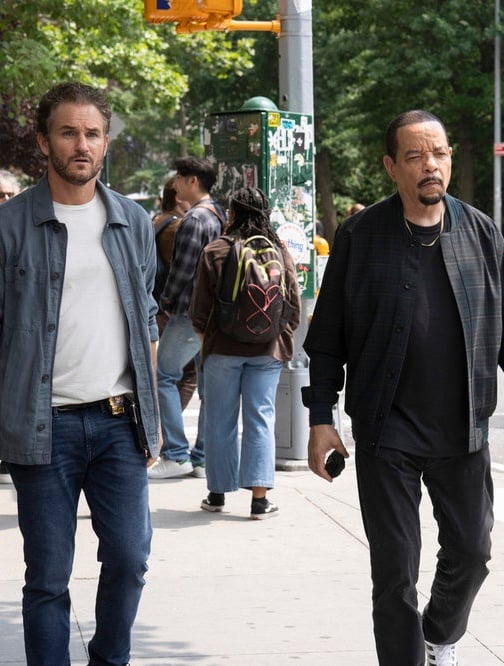
Season 26 is trying to be better, but the cold opens are still too damn long.
Law & Order: SVU Season 26 Episode 2 was shorter than the season premiere, but there was still a ton of unnecessary exposition before we got to the point.
The first few minutes included four scenes about Maggie, a woman we had never met before, before getting to the point.
It was only two minutes, not ten, but still.
We didn’t need to learn about her entire struggle with alcohol, her problems with her family, or the fact that they were helping their parents pack up their stuff.
The episode would have been far more dramatic if it had started with the scene of Maggie finding the diary.
Better yet, Maggie could have come into the squad room, shaken, to report to Benson that she thought she had been raped … twenty years ago.
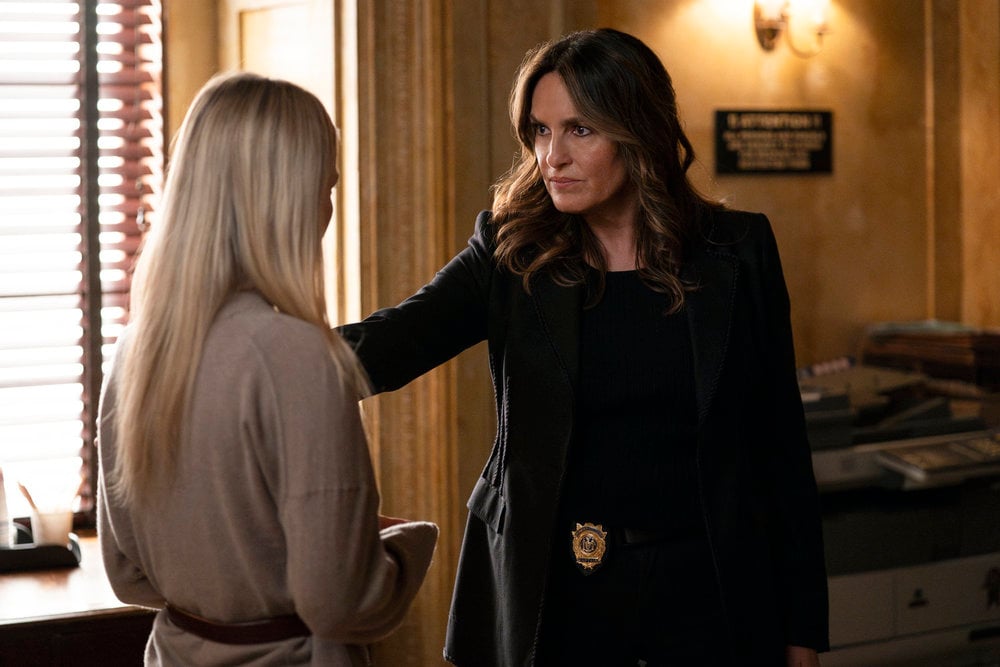
Similarly, we didn’t need to juxtapose all these scenes of a group of soon-to-be victims with Benson’s team practicing at the firing range on Law & Order: SVU Season 26 Episode 1.
Making the cold opens shorter would not only increase the drama, but leave more room for the police and court scenes that made SVU famous.
Plus, we could get to know the victim along with Benson and the team. We don’t need to know everything up front; in fact, it’s more enjoyable if we don’t.
Going Back To Basics Also Means Showing Realistic Investigations

In some ways, SVU has always been unrealistic. DNA evidence takes weeks to come back, not days, for example.
It’s okay to take that type of dramatic license. But what isn’t okay is rushing through the investigation or including unrealistic court scenes for the sake of drama.
Episode 1 was a good example of what not to do. For half the episode, the cops focused on one suspect, then confronted the real killer, who had never even been mentioned before.
That’s cheating.
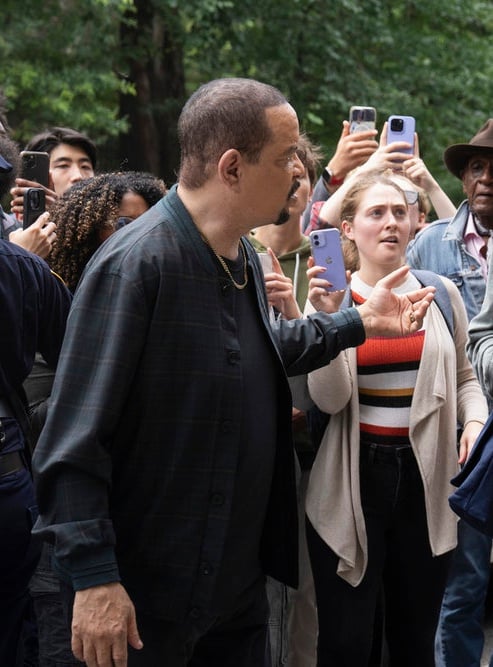
Even though SVU isn’t a mystery series like Elsbeth or The Irrational, we still want to be able to follow the case and have some chance of figuring out who the guilty party is.
Plus, when you tack on a solution to the mystery, it doesn’t feel like a real police investigation. SVU is supposed to show the cops investigating for half the show, followed by courtroom scenes.
That’s the Law & Order brand, but SVU has gotten off-track. Sometimes, a complicated investigation doesn’t end up in court, and that’s fine.
Sometimes, though, it feels as if the writers are afraid to show the cops doing their jobs.
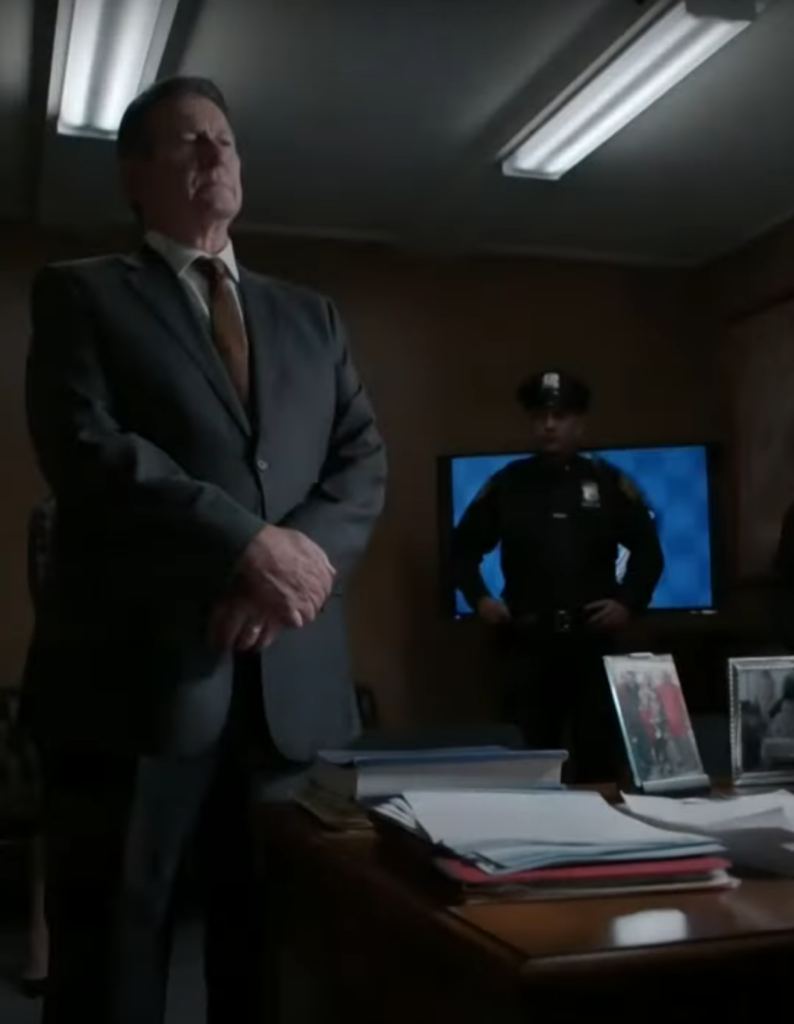
I get that there are people screaming that SVU is “copaganda” that should be canceled, but part of the reason I tune in is because I want a world where there are good cops who give several damns about survivors and their well-being.
I know that it doesn’t always work that way in the real world.
But SVU is comforting to me, and to many survivors, because it centers the type of cops we would love to handle these types of cases.
We don’t need a cop-lite version of SVU where the cops seem to be doing their job but only focus on one suspect and rush quickly to the point of making an arrest.
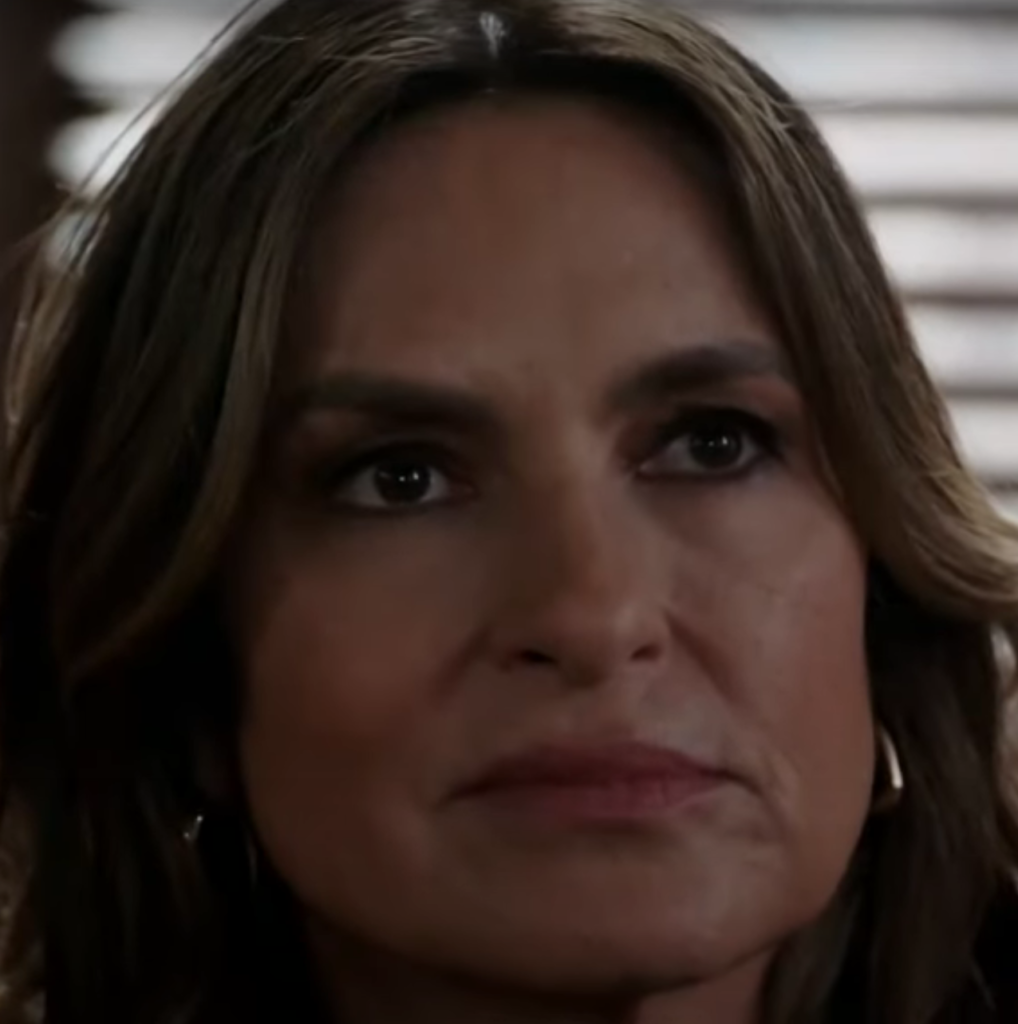
Going Back To Basics Means Centering Survivors Properly
SVU has always been a survivor-centered show. The cops and lawyers have personal lives, but those are supposed to be secondary.
In the early days, SVU did this perfectly by having Stabler deal with family issues at home while having to put it all aside for work.
The balance wasn’t quite as good as on Blue Bloods, but it worked.
Similarly, while Benson’s mental health issues are an important part of the series, they shouldn’t dominate stories about victims.
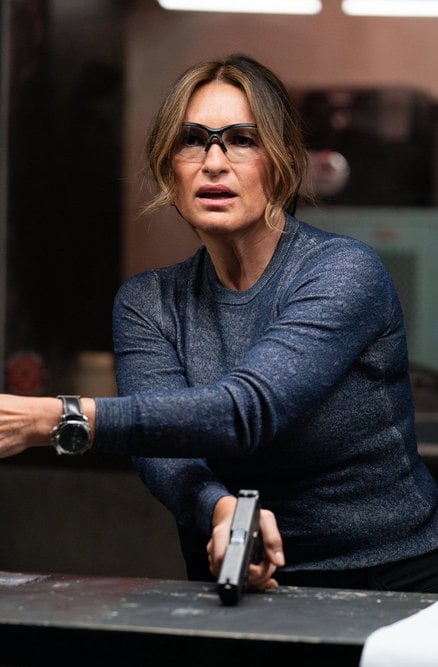
Although that awful Maddie Flynn story appears to be over, it’s a prime example of what must never happen if SVU is to go back to basics.
The big issue with the Maddie story was that it wasn’t about her. It was about Benson’s guilt over not stopping the kidnapper when she had the chance.
A multi-episode arc about Maddie might have worked if the story had been focused on the search for the missing teen.
Instead, it felt like a story about Benson unraveling, and that’s not what SVU should be about.

Vicarious trauma is something that needs to be discussed more, especially now that Mariska Hargitay has come forward about the way working on these types of stories has affected her.
But the way to do it isn’t by having Benson unravel for episode after episode, becoming unable to focus on the survivors in front of her because of her preoccupation with the one who is still missing.
It was beginning to feel like an obsessive love story, which is not how I want to feel about the cop who has spent 25 years empowering survivors to put the pieces back together of their lives after someone else’s obsession shattered their sense of safety.
Some Things Should Stay In The Past
This whole conversation assumes that going back to basics is a good idea, and for the most part, it is.
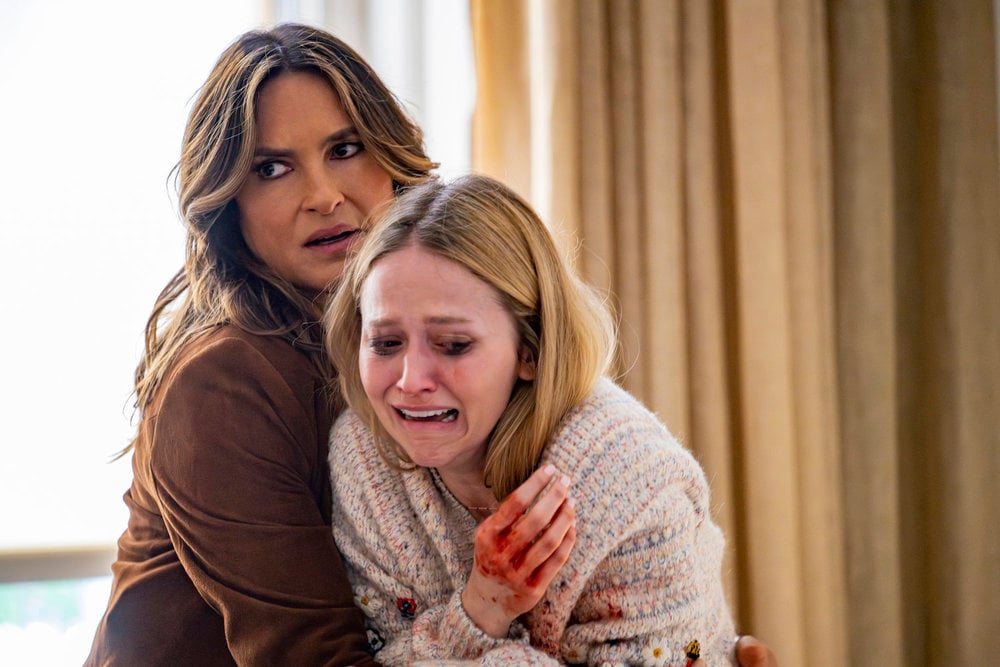
There are some ways that Law & Order: SVU has evolved that need to be built upon, not changed, though.
The early years of the show didn’t do any favors to the LGBTQ+ community, often using language to describe those who were gender non-conforming that would be considered offensive today.
We don’t need to go back to that, only to the parts of the show that worked well and have gotten off track.
Over to you, Law & Order: SVU fanatics.
What does going back to basics mean to you? How would you like SVU to change this season?
Hit the comments with your thoughts.
Law & Order: SVU airs on NBC on Thursdays at 9/8c and on Peacock on Fridays

The post Hey, SVU, This Is What Going Back To Basics Would Actually Look Like appeared first on TV Fanatic.
Source: TV Fanatic
